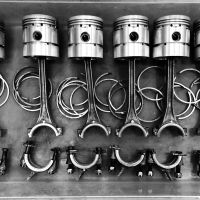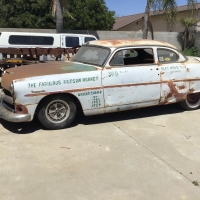Porting / Gasket Matching on a Hudson?
OK, I figure there has to be a few out there, like me, who can’t leave well enough alone and have done some porting & polishing / gasket matching on their old Hudson engines. If you have, please share your experiences.
Since I’m in the middle of gasket matching & porting the exhaust manifold & block on my 212ci 6 cylinder & eventually will do this on my 254ci 8 cylinder, I’d really love to know if anyone has done these specific engines as well!
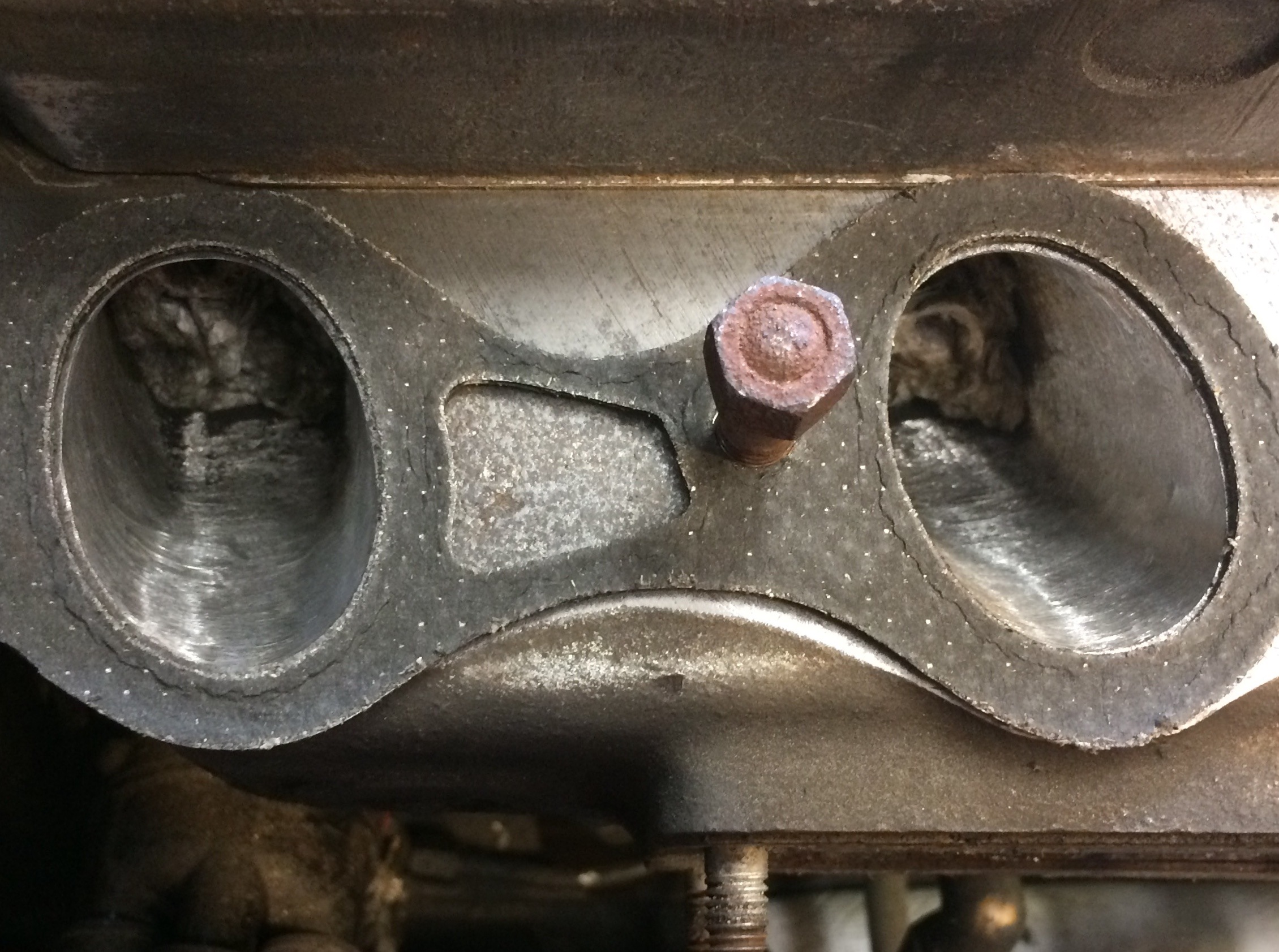
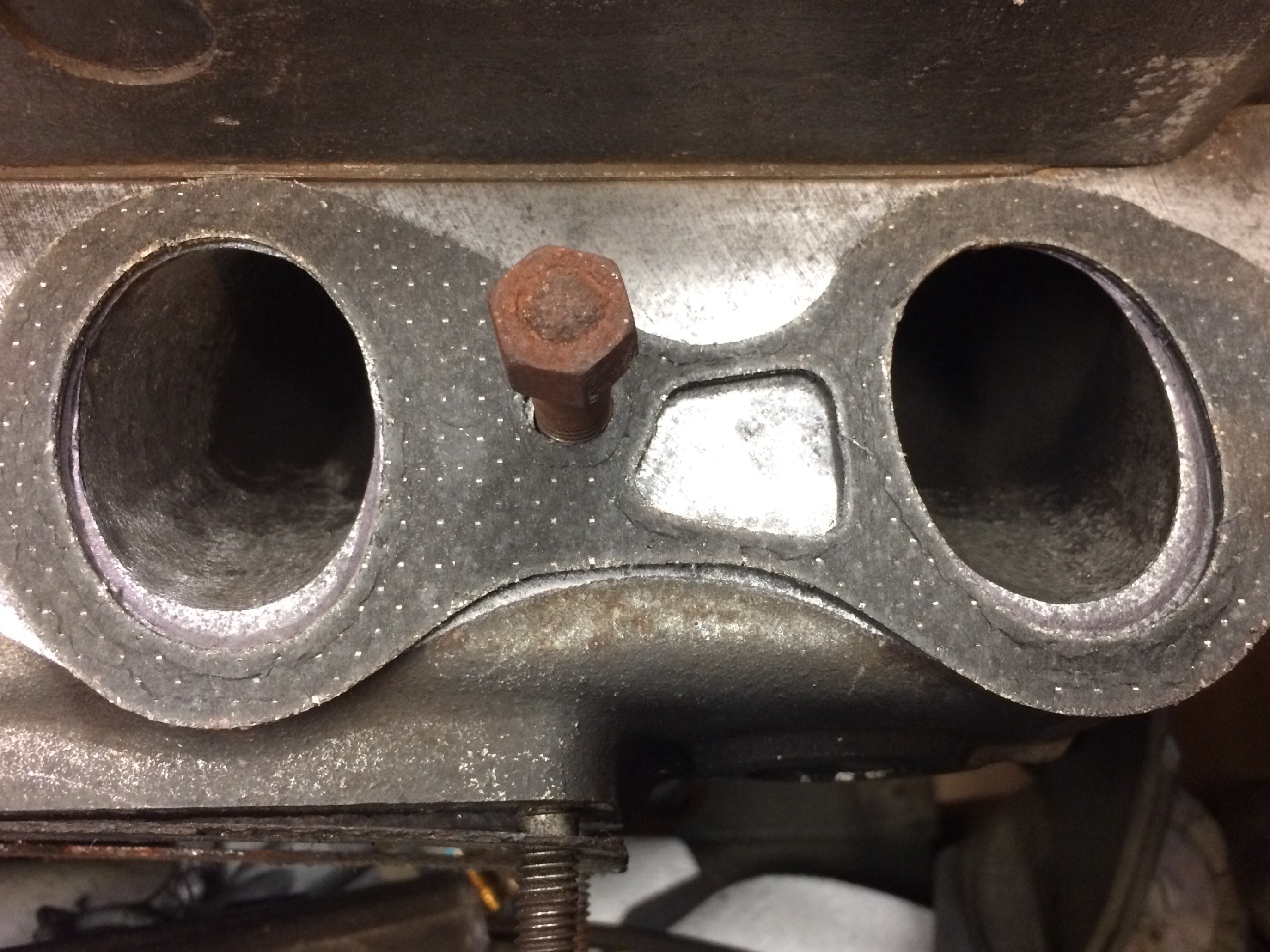
Since I’m in the middle of gasket matching & porting the exhaust manifold & block on my 212ci 6 cylinder & eventually will do this on my 254ci 8 cylinder, I’d really love to know if anyone has done these specific engines as well!


0
Comments
-
Why? I doubt you will notice a difference on a 100HP engine0
-
Why have a Hudson when it’s less work having a Prius?
As Tim the ToolMan Taylor says, “More Power!
Ahh ahh ahh ahh!”
0 -
carry on: a labor of LOVE; like painting the inside of brake drums, backing plates, etc etc.
Because you want to do the 'details'.
0 -
FYI
Ensure the ports are matched to the gasket is most beneficial but gains polishing is minimal, however, every little bit helps. Actually, I began oval racing with a 212 Terraplane at a 'strickly stock' Track and it held its own against the V8's.
0 -
I think when you only have 100 horse power to start with, you need to do all you can to gain more. I plan on doing a Hudson eight at some point, and will do the same thing, along with a reground cam to take advantage of better breathing. With a hotter cam in your 212, along with the porting, I think it will drive right around a stock Hudson eight.
0 -
I wonder where one can get the cam re-ground? I was talking with another long time Hudson expert who said the cam is key to making power.0
-
I think you don't want the exhaust ports made bigger as they look pretty decent anyway on these later 212 blocks compared to the earlier round-port blocks. The big breathing gain apart from the cam I suspect will be careful work on the valve seats with a good multi-angle job and even undercutting the valve head. It seems adding compression is a good idea too, within reason. My early 212 with a 112 head has 7.3:1 with no problems. The exhaust pipe from the manifold exit must be a generous diameter, I know Ivan says this makes a significant difference on the 8.
These 212's go really well with just a bit of work, my one has lots of power and is not shaded much by my 8 (not quite as much torque from down low of course).
0 -
There are several Companies that will re profile your cam. Just Google for one near you. Keep in mind that several State Police Cars used Terraplane's bback in that day ecause of their performance0
-
BigSky PM sent.
0 -
I thought I’d add a few more pictures of the porting that I finished up on my 6 cylinder 212ci engine due to is current disassembly. This way if someone is looking for info on this in the future, it will be available in one thread.
Using a carbide tipped grinding bit in a Dremel worked very well, but having the engine in the car made this rather challenging. My goal was to 1) remove casting slag along with 80 years of crap on the walls of both exhaust & intake ports and 2) to improve the flow a bit over the factory casting before grind new valve seats & hopefully soon start re-assembly of the new guides, valves, etc, etc.
The most important area of flow improvement is where air flows against the port roof & meets up with the valve seats. This is the area which photos were taken of below. I tried to maintain a good distance from the seats in case work is needed there in the future. I used rubber plugs in the guides holes.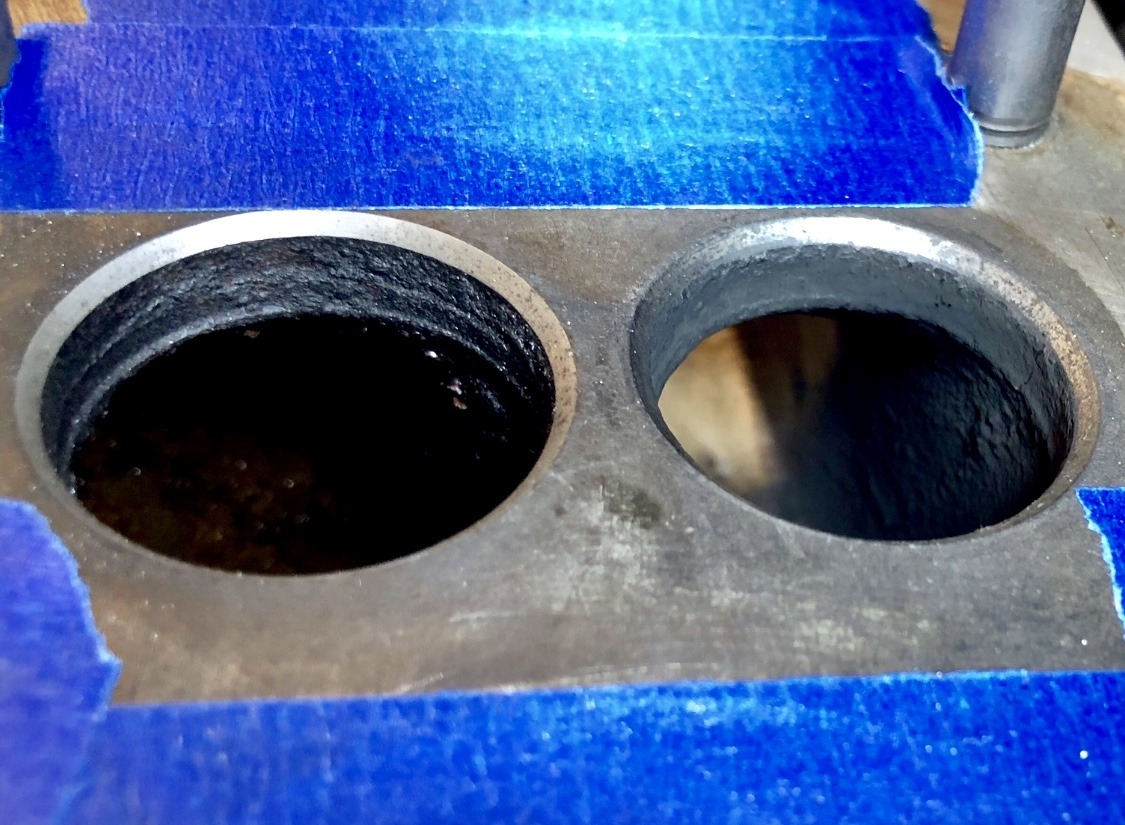
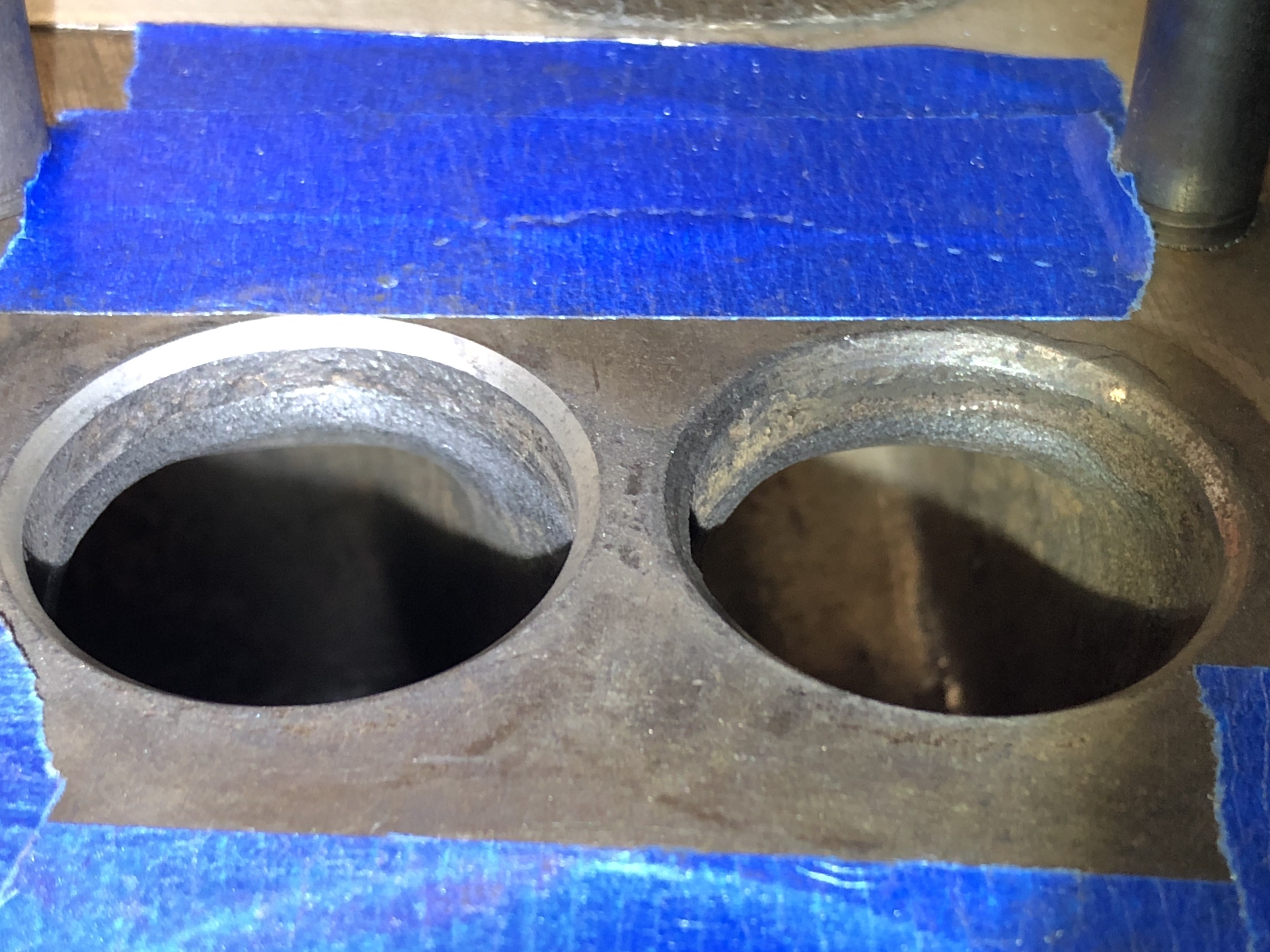
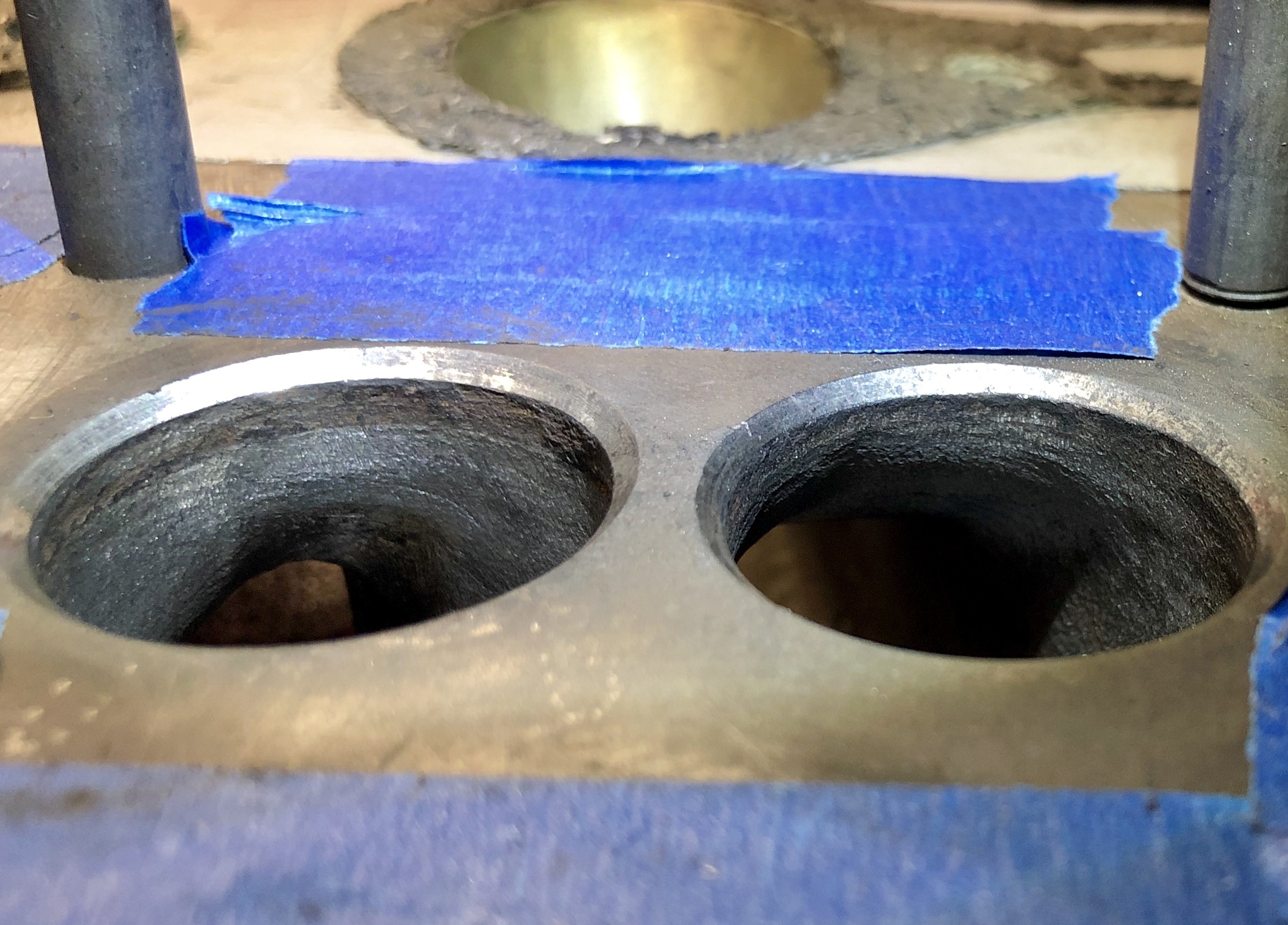
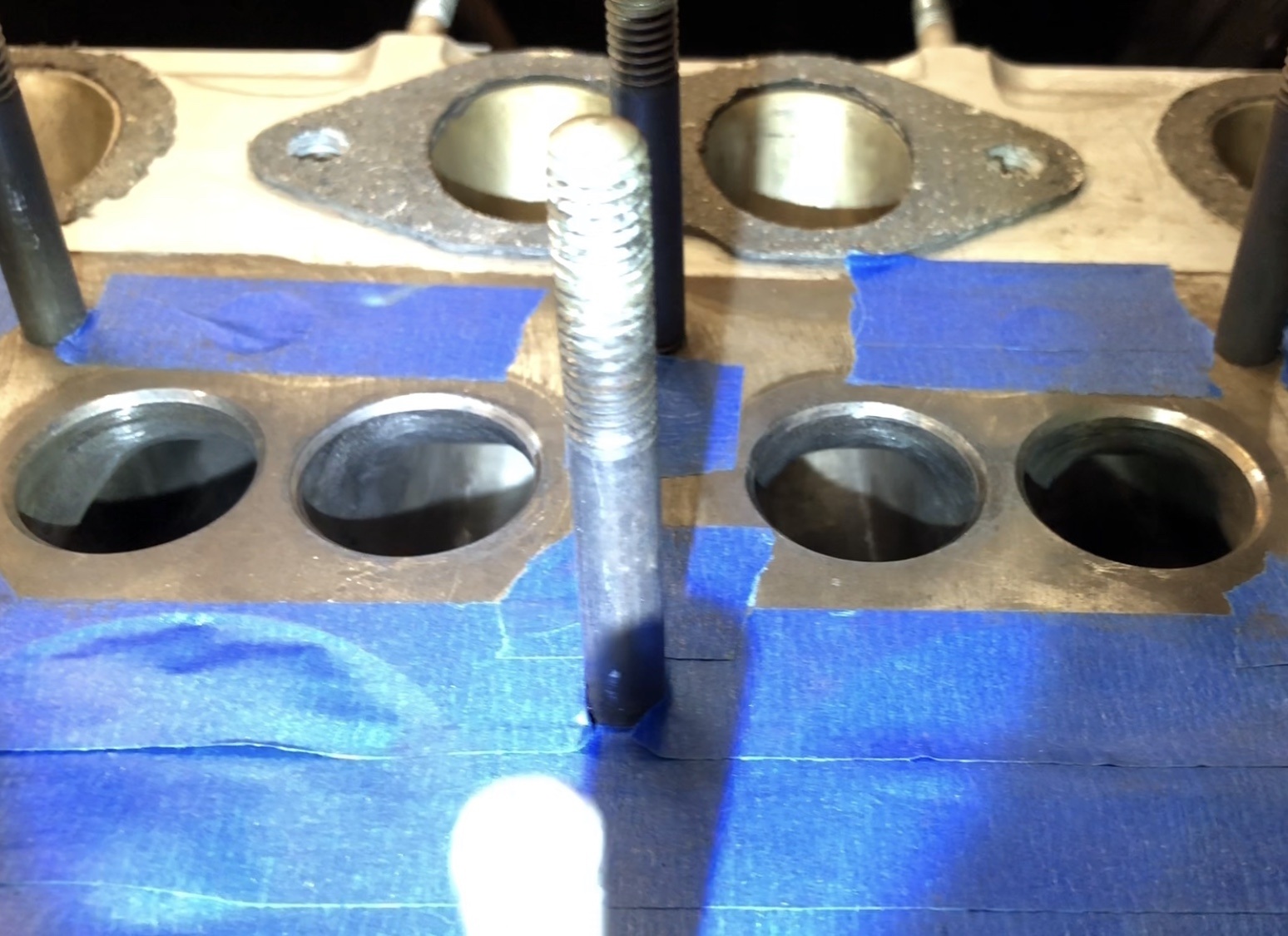
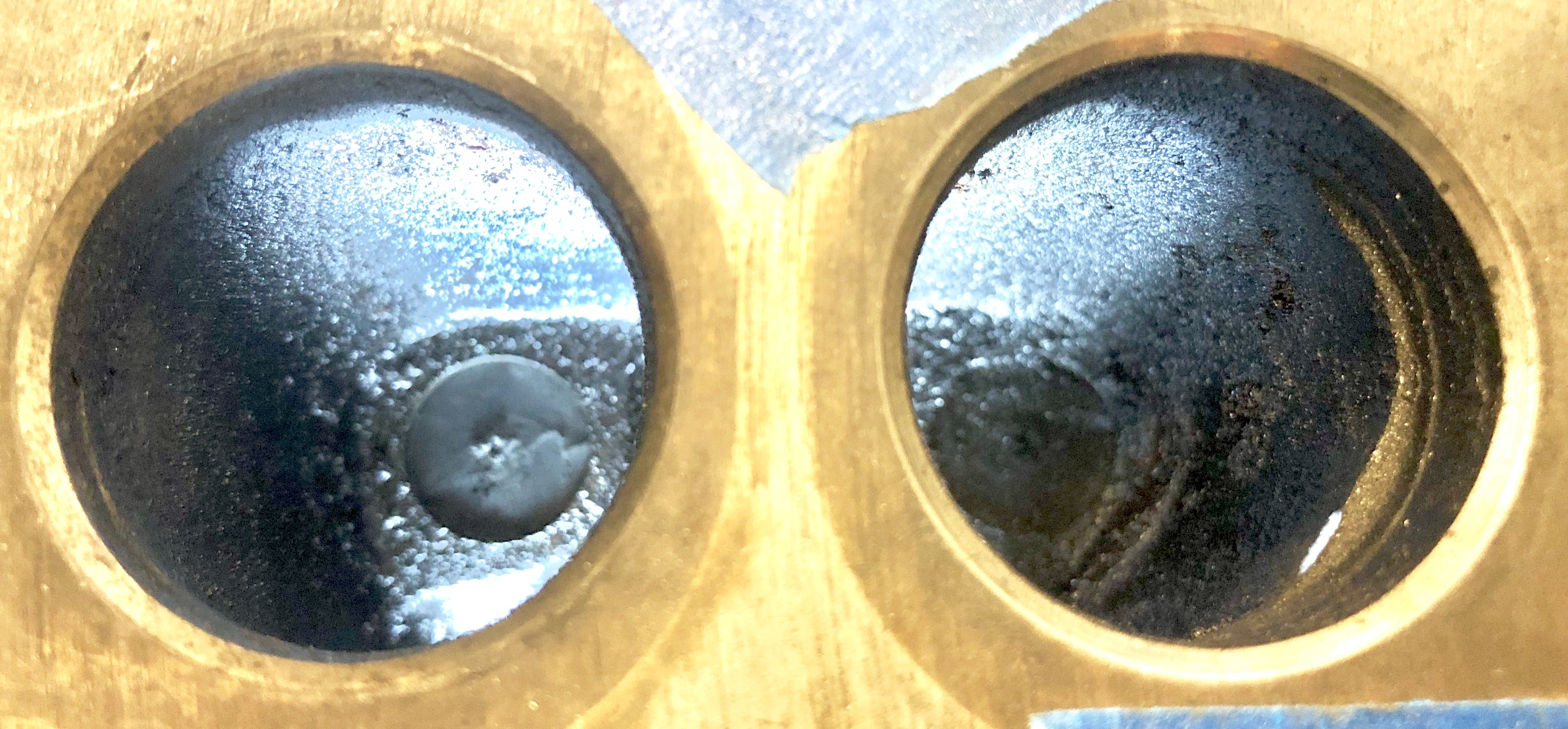
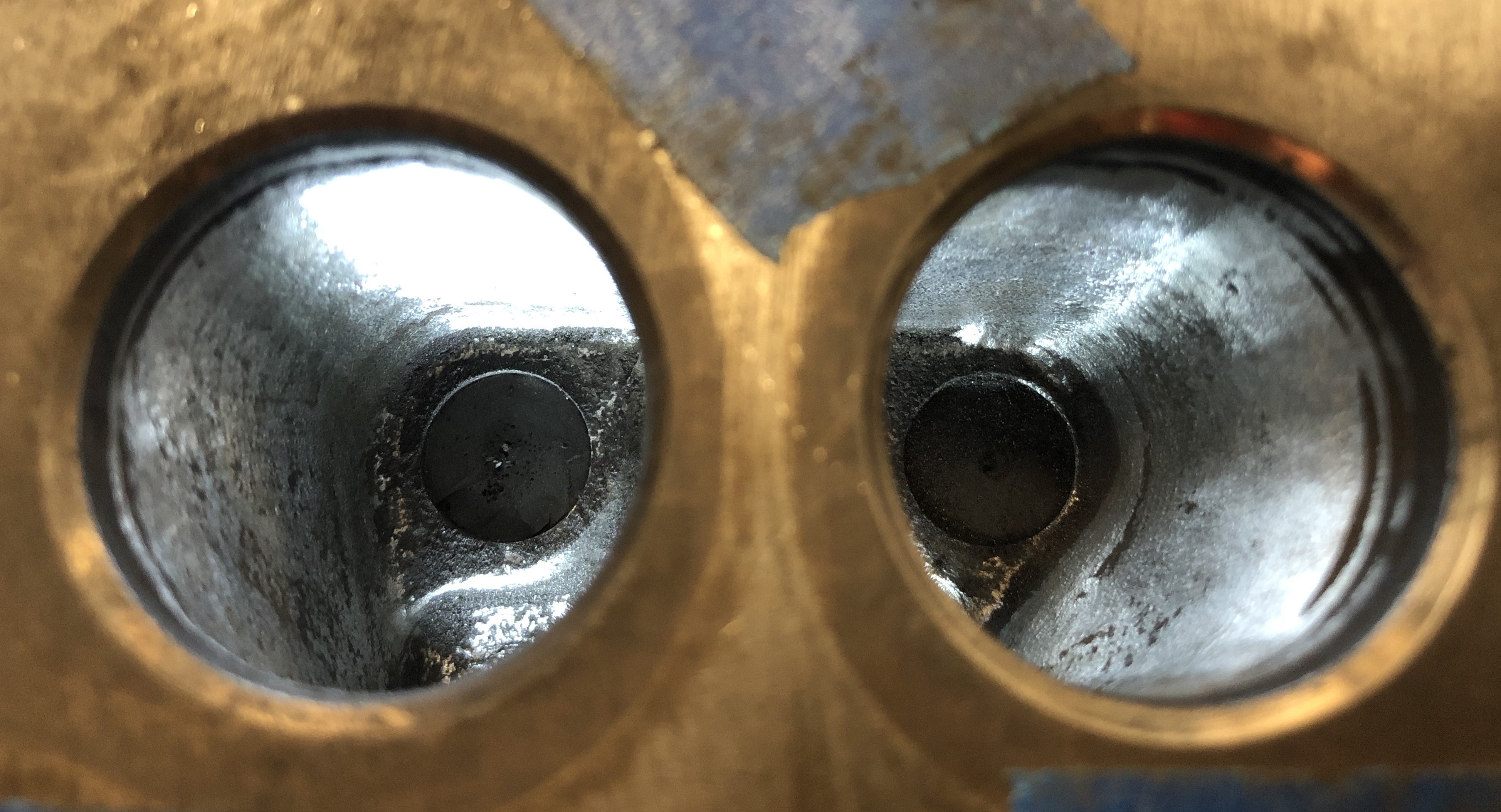
0 -
look at the ports on later engines, after they learned more about airflow....having the ports open straight to the valve isn't really a very good idea. You want a sort of venturi shape, just below the seat, so the air can follow a curve in it's path from port to chamber. But it's impossible to do that without adding metal, unfortunately.I don't think you hurt anything, I doubt you helped much, but it was fun, and it looks better now. Smoothing the radius of the "short side" at the top of the port just before it meets the seat, is probably the only thing that will actually make a bit of difference.I dont see any need to match the port to the gaskets. And having a smaller port feed a larger port, with a bit of a step, seems to help a bit from what I've seen.0
Categories
- 36.9K All Categories
- 112 Hudson 1916 - 1929
- 20 Upcoming Events
- 92 Essex Super 6
- 28.6K HUDSON
- 571 "How To" - Skills, mechanical and other wise
- 995 Street Rods
- 151 American Motors
- 178 The Flathead Forum
- 49 Manuals, etc,.
- 78 Hudson 8
- 44 FORUM - Instructions and Tips on using the forum
- 2.8K CLASSIFIEDS
- 608 Vehicles
- 2.1K Parts & Pieces
- 77 Literature & Memorabilia
- Hudson 1916 - 1929 Yahoo Groups Archived Photos
